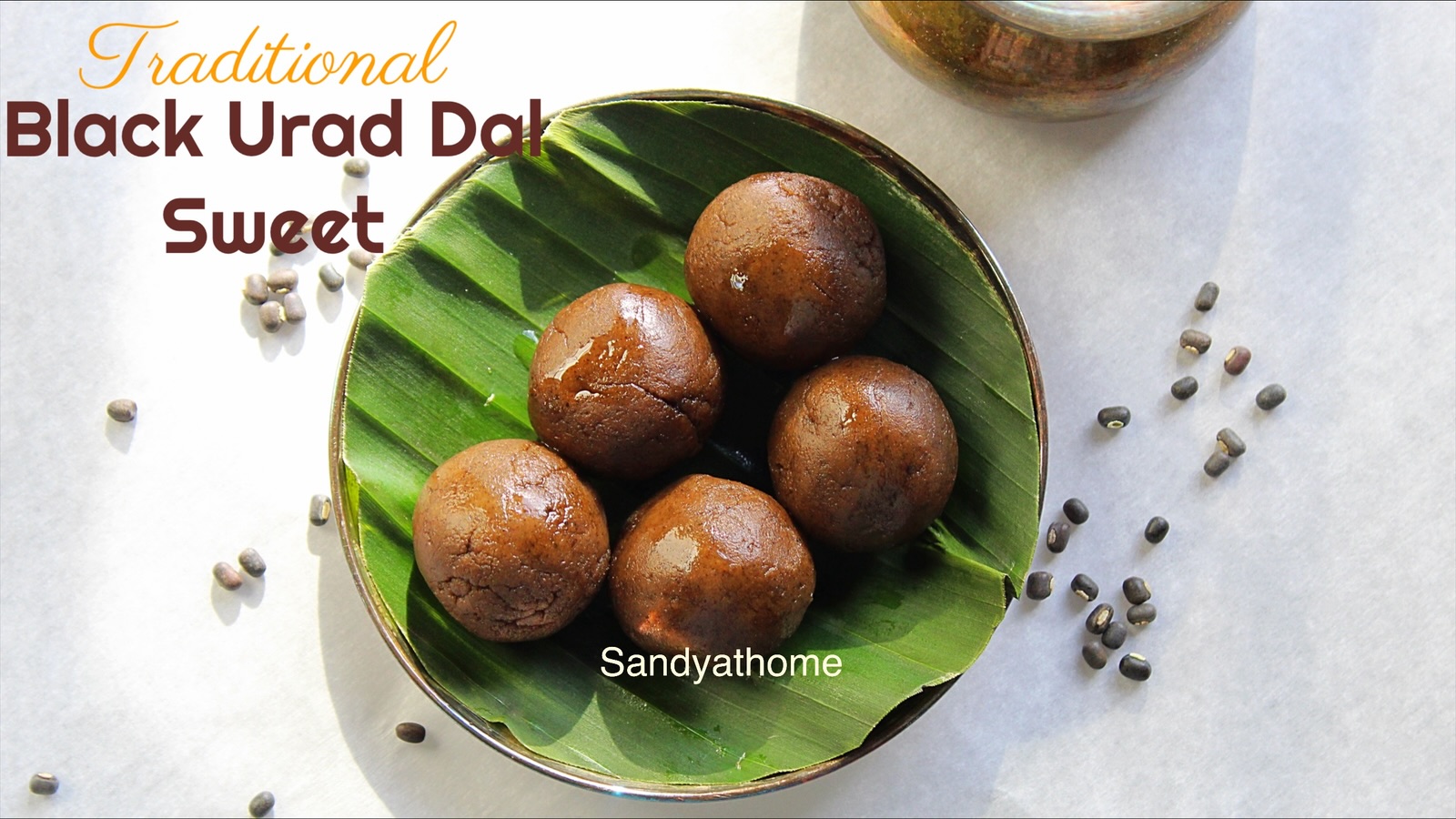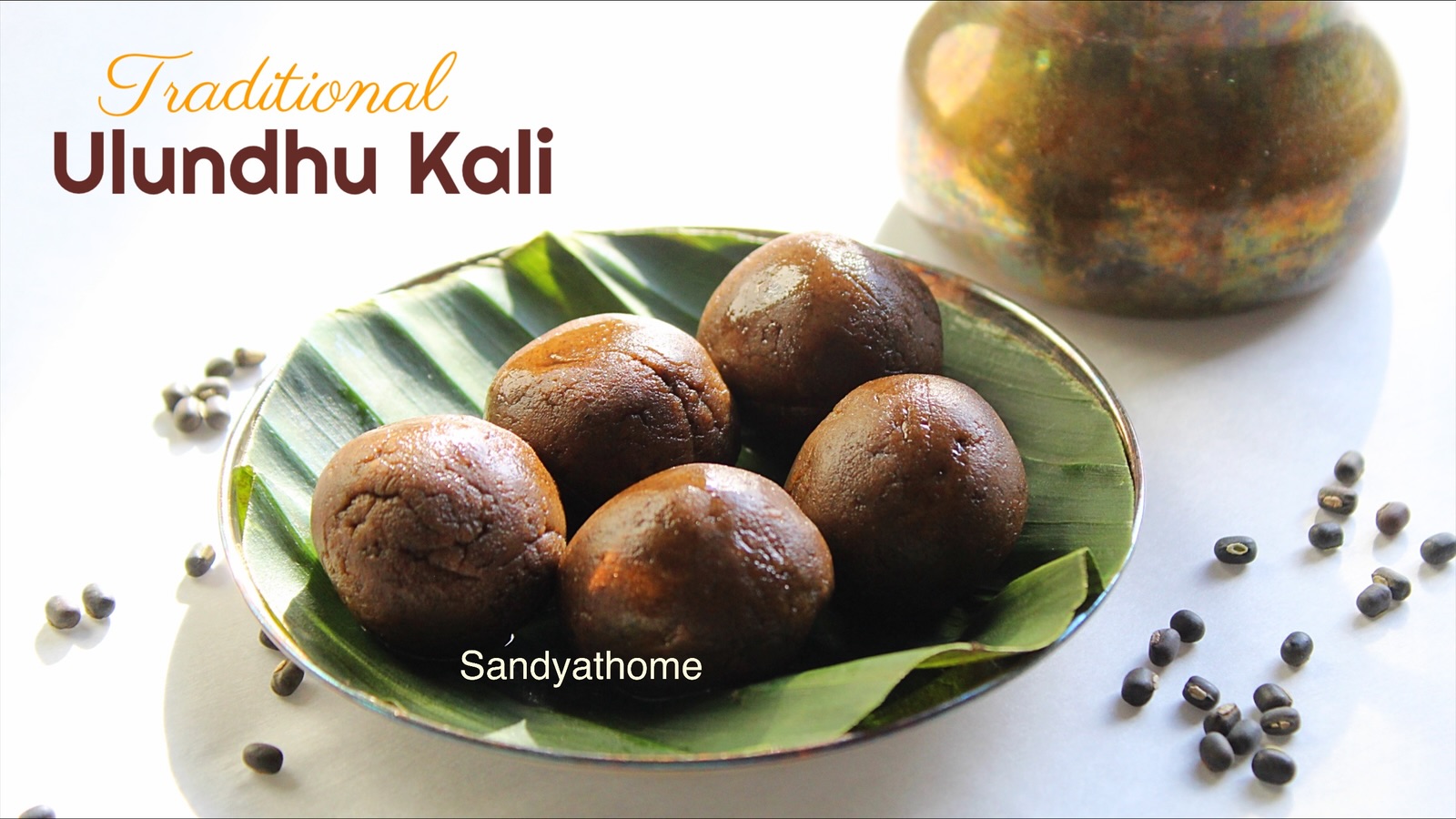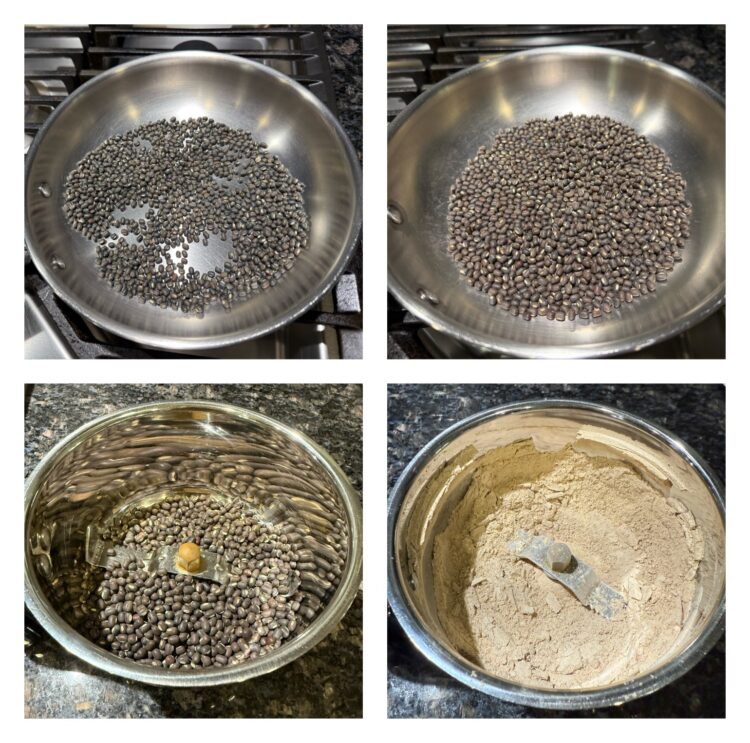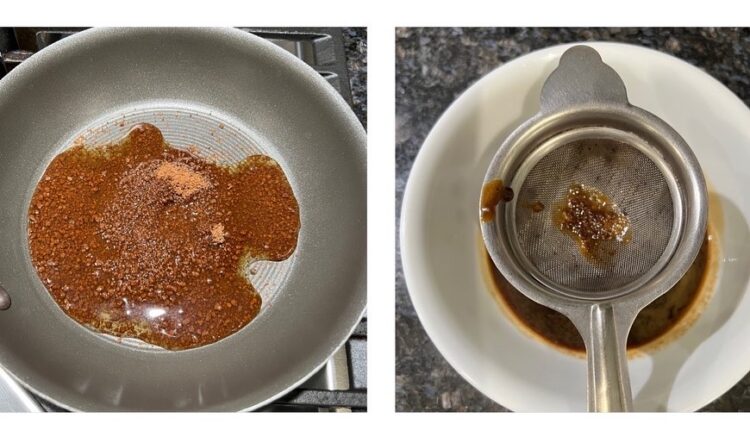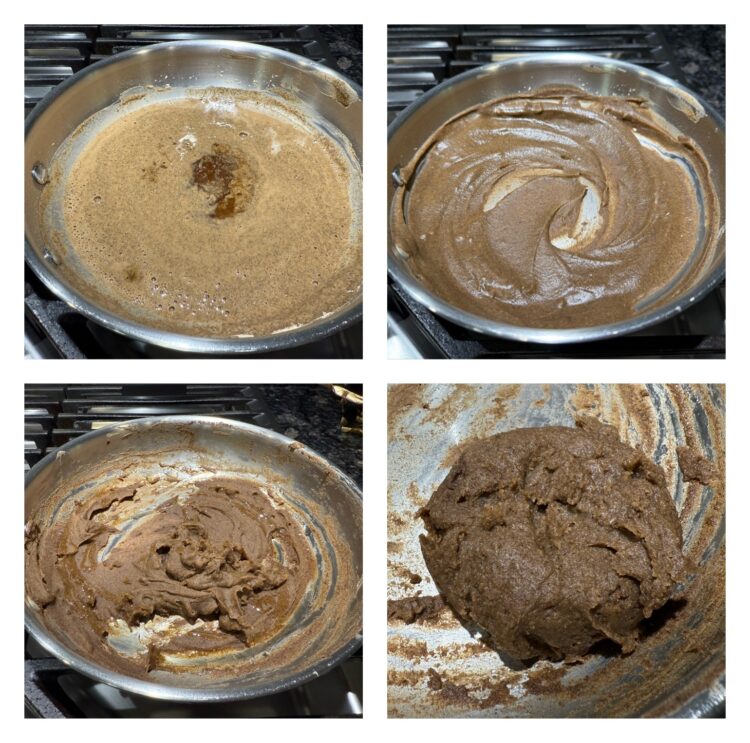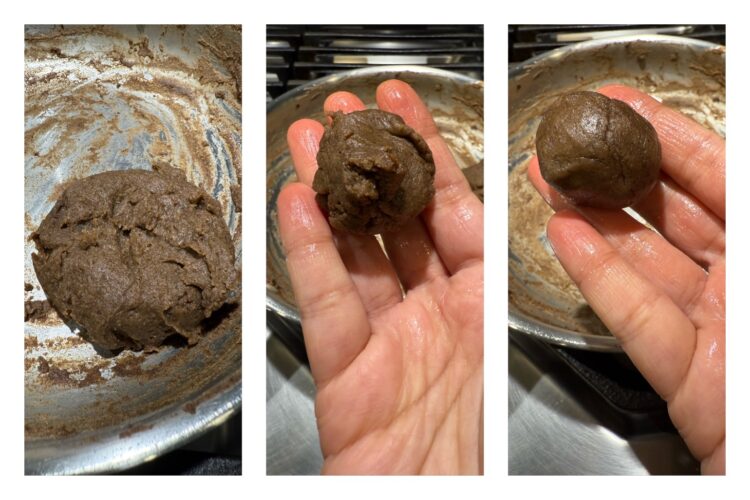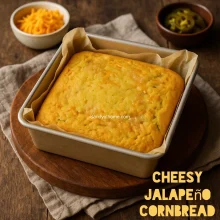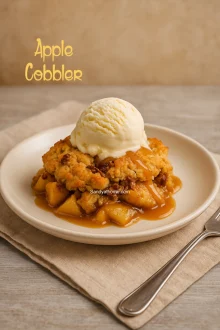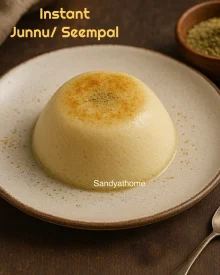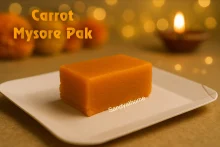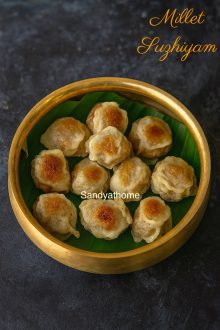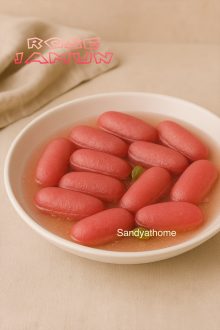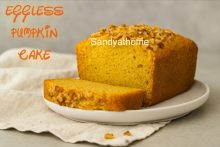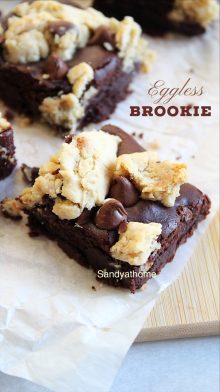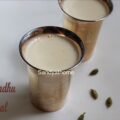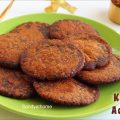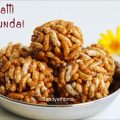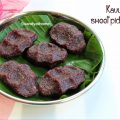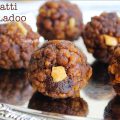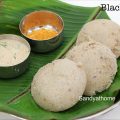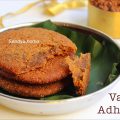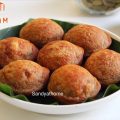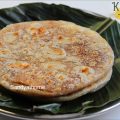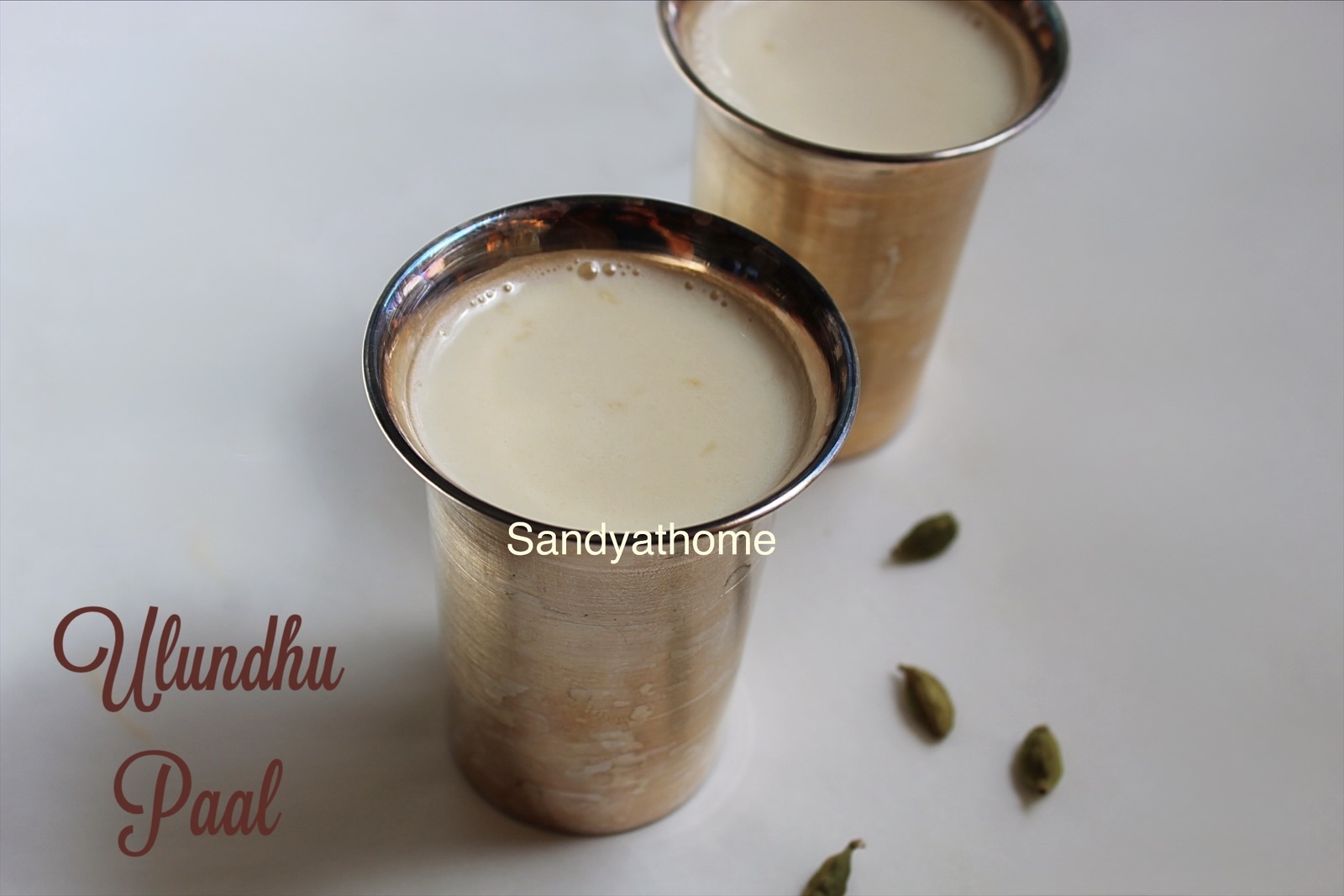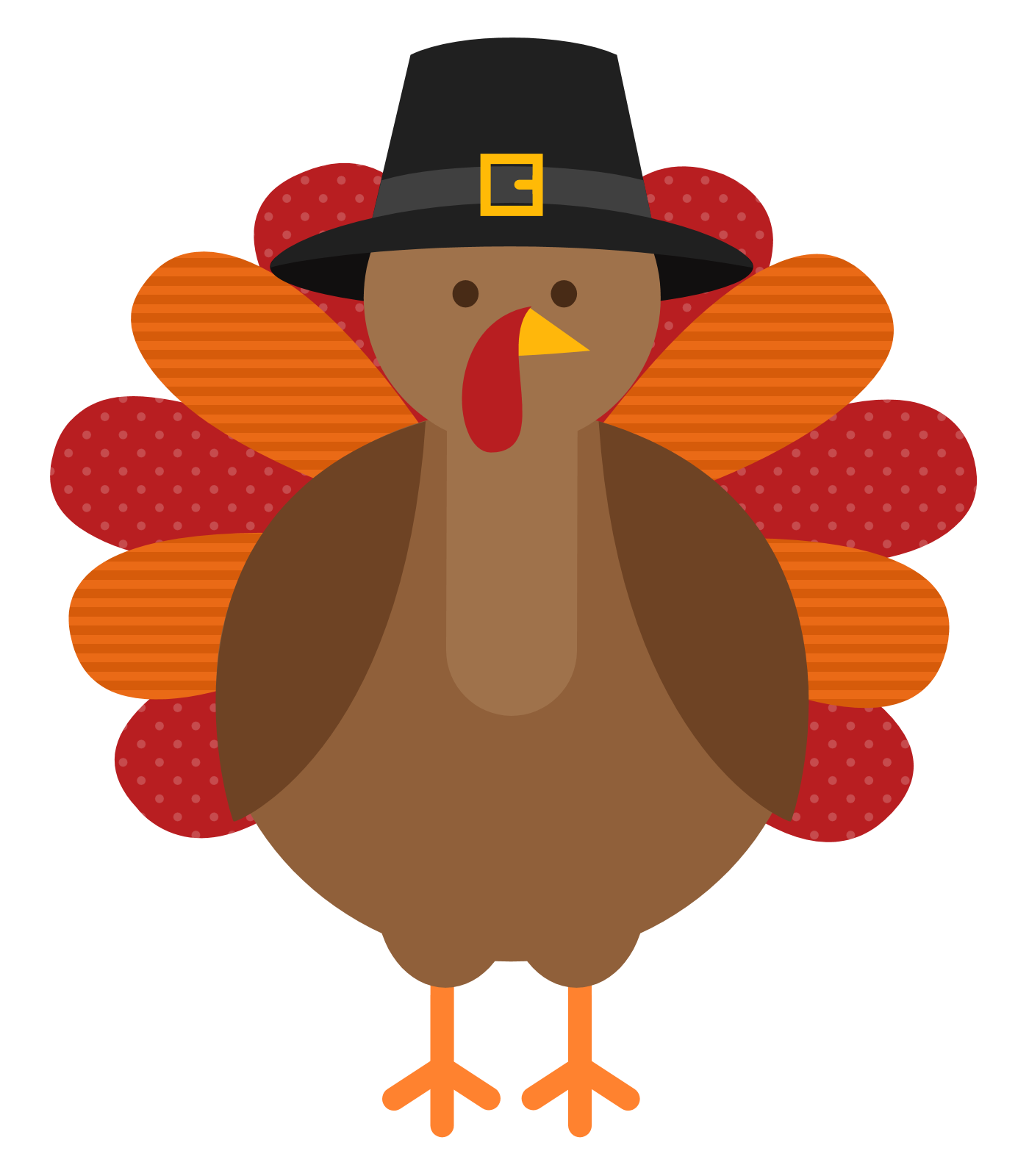© 2025 Sandyathome. All rights reserved.
This Ulundhu Kali, Karuppu/ Black Ulundhu Sweet recipe — including its historical narrative, ingredients, process, styling, and images — is the intellectual property of Sandhya, creator of Sandyathome.
Strictly no reproduction, adaptation, republication, or linking permitted. Legal action will be taken against any unauthorized use or plagiarism of this content.
Ulundhu Kali, also known as black urad dal kali, is one of Tamil Nadu’s most cherished traditional recipes — especially prepared for girls during puberty, postpartum recovery, and women’s wellness. Made with roasted black urad dal, palm jaggery (karupatti), and gingelly oil, this dense and earthy preparation is believed to strengthen bones, regulate hormones, and support reproductive health.
Bite of History: Karuppu Ulundhu Sweet — More than Just a Sweet
Before protein bars and calcium supplements existed, our paatis made ulundhu kali — a functional food rooted in Siddha wisdom and Ayurveda. This humble dish was prepared with great care during a girl’s first puberty ceremony (manjal neerattu vizha), offered to new mothers, and often cooked during cold monsoon months to warm the body from within.
In Tamil homes, especially in regions like Tirunelveli, Thanjavur, and Madurai, ulundhu kali was never just food — it was a rite of passage, a nourishing ritual, and a symbol of care passed from one generation to the next.
Always made without cardamom, without sugar — because this wasn’t meant to please the tongue alone. It was meant to heal.
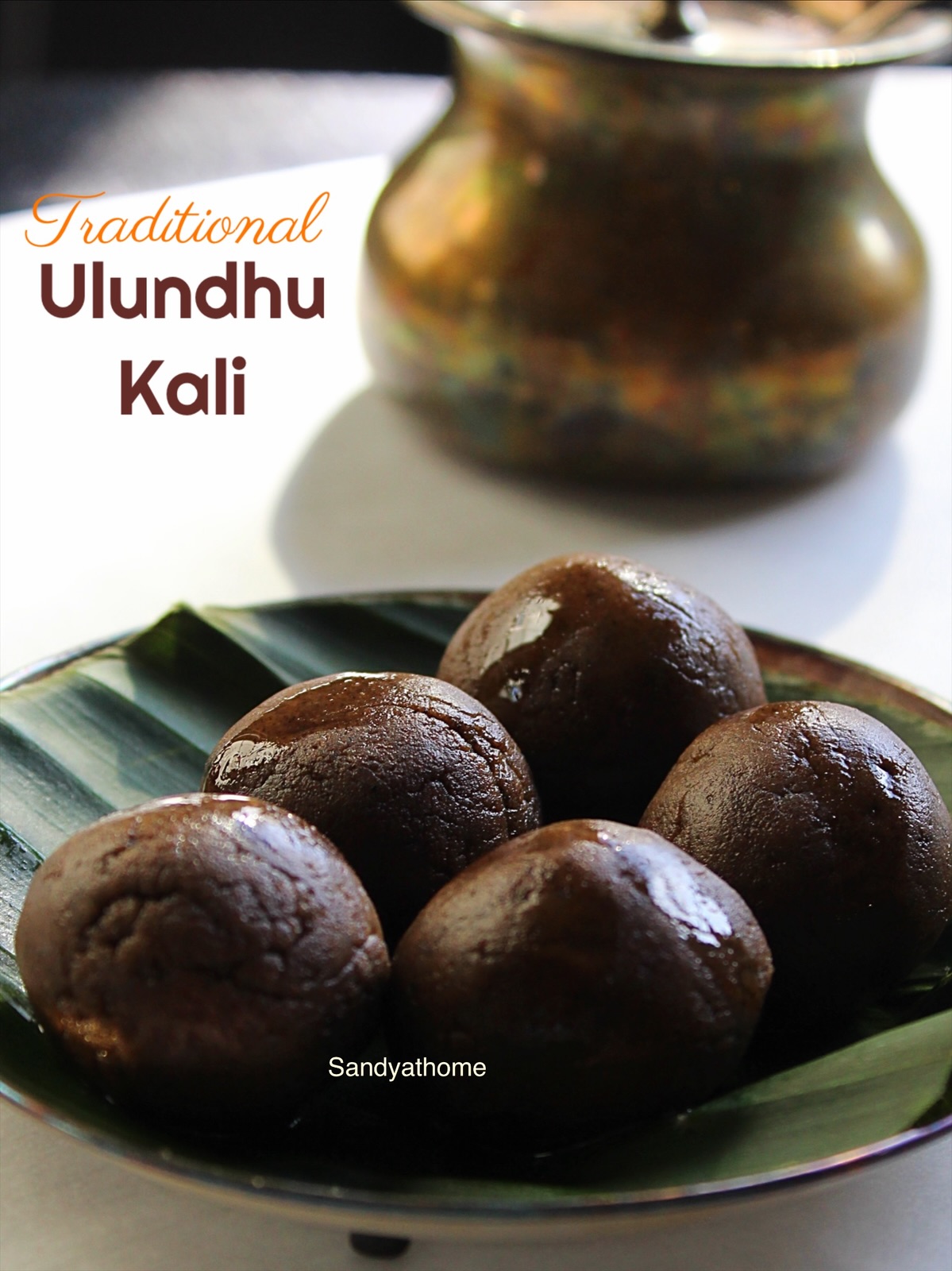
Author’s Note
I still remember the first time I tasted ulundhu kali — it was served during my puberty function, alongside hot puttu, on a fresh banana leaf. I didn’t know then what a nutritional powerhouse it was — all I knew was that it tasted dark, rich, and oddly comforting. Today, years later, I made it with my own hands. And honestly? That same karupatti warmth and roasted aroma brought back so many memories. Old truly is gold.
“One bite — and it just melts in your mouth, leaving behind warmth, satiety, and a taste of tradition.”
Jump to RecipeUlundhu Kali ingredients & their Roles
- Gingelly oil lubricates joints, balances hormones, and enhances nutrient absorption
- Whole Black Urad dal builds strength, improves bone density, and supports menstrual and postpartum health
- Karupatti purifies blood, warms the body, and boosts iron levels
You May Also Like these Recipes:
- How to make Ulundhu Paal, Tirunelveli-Style White Urad Dal Payasam
- Black urad dal idli recipe, Karuppu ulundhu idli
- Chocolate banana bread recipe
- Karupatti paniyaram, Instant palm jaggery paniyaram
- How to Make Millet Milk at Home | Kodo Millet Milk Recipe
- Vermicelli popsicle, How to make Semiya Ice recipe
Directions to make Ulundhu Kali with step by step images
- Roast and Powder the Dal:
In a pan, dry roast the black urad dal on low flame for 8–10 minutes, stirring continuously, until golden and aromatic. Let cool and grind to a fine flour.
- Prepare the Karupatti Syrup:
Melt karupatti in 1/2 cup water over low heat. Strain to remove impurities.
- Make a Smooth Paste:
Mix the urad flour with 1/2 cup water to form a smooth, lump-free paste.
- Cook the Kali:
Pour the smooth ulundhu paste into a thick-bottomed kadai and place on low flame. Slowly add the strained karupatti syrup while stirring continuously to avoid lumps.
As the mixture begins to thicken (about 5–8 minutes), drizzle in gingelly oil one spoon at a time. Keep stirring until the kali turns glossy, thick, and starts leaving the sides of the pan. Add sukku at this stage if using.
- Shape and Serve:
While warm, shape into small balls or one large rustic ball. Serve on a banana leaf with a final drizzle of oil.
Pro Tips for perfect Ulundhu Kali:
- Stir on low heat only. High heat will scorch the flour or curdle the jaggery.
- Use fresh karupatti — old stock may taste bitter or dusty.
- Never add cardamom — it’s not part of the original recipe.
Serving Suggestion:
Drizzle gingely oil and serve it warm.
FAQs about Ulundhu Kali
Yes, it helps relieve cramps and boosts calcium and iron during menstruation.
Yes. It’s a postpartum superfood — improves strength, digestion, and uterine recovery.
Never. Only karupatti (palm jaggery) is used for its deep healing properties.

Sweets and Desserts
Sweet & Savory Jalapeño Cheddar Cornbread, How to make Cornbread
A soft, sweet–savory cornbread baked with cheddar cheese, pickled jalapeños, and garlic powder — the perfect quick side for Thanksgiving or any cozy meal.
Apple Cobbler, How to make Thanksgiving Apple Cobbler
A cozy, small-batch Thanksgiving apple cobbler made with just two apples, warm spices, and a golden biscuit topping. Perfect when you want a quick fall dessert without making a full tray.
Pumpkin Butter Mascarpone Danish, How to make Pumpkin Butter Danish
Flaky puff pastry filled with a creamy blend of pumpkin and mascarpone, baked until golden and irresistible — the perfect cozy fall treat for National Pumpkin Day!
Instant Junnu Recipe, How to make Instant Kharvas
A quick and nostalgic Indian milk pudding made using instant Junnu powder, raw milk, and cardamom — no colostrum needed! This gently steamed dessert sets into a soft, wobbly texture and tastes just like home, without the overpowering aroma of traditional kharvas.
Carrot Mysore Pak, How to make Ghee Carrot Mysore Pak
Soft, melt-in-the-mouth Carrot Mysore Pak made with fresh carrot puree, roasted besan, sugar, and ghee. A festive twist to the traditional Mysore Pak that’s rich, aromatic, and naturally hued — perfect for Deepavali celebrations.
Millet Suzhiyam, How to make Millet Suyyam
Celebrate Diwali the wholesome way with this Thinai (Foxtail Millet) Suzhiyam / Suyyam — a golden, crisp festive sweet filled with soft jaggery-chana dal goodness. This healthy twist keeps all the traditional flavor while swapping maida for nutritious millet flour.
Rose Jamun, How to make Paneer Rose Jamun
Paneer Rose Jamun is a delightful twist on the classic rasgulla — made fresh from curdled milk (chenna) and flavored with fragrant rose syrup. Each piece is soft, juicy, and blush-pink in color, soaked in a sweet rose-cardamom syrup that fills your kitchen with a festive aroma. Perfect for Diwali, Holi, or any celebration where you want homemade mithai magic!
Eggless Pumpkin Cake, How to make Pumpkin Cake
Soft, moist, and warmly spiced, this Eggless Pumpkin Cake melts in your mouth with a tender crumb and a cozy hint of cinnamon and nutmeg.
Mini Jangiri, How to make Mini Imarti
Mini Jangiri made with urad dal and a pinch of turmeric for natural color — golden, syrupy, and perfectly festive in every bite.
Eggless Brookie, How to make Eggless Brookie
Eggless brookies combine the best of both worlds — a chewy cookie top with a fudgy brownie base. With a shiny crinkle crust and gooey center, these bars are the perfect indulgence for chocolate lovers.
